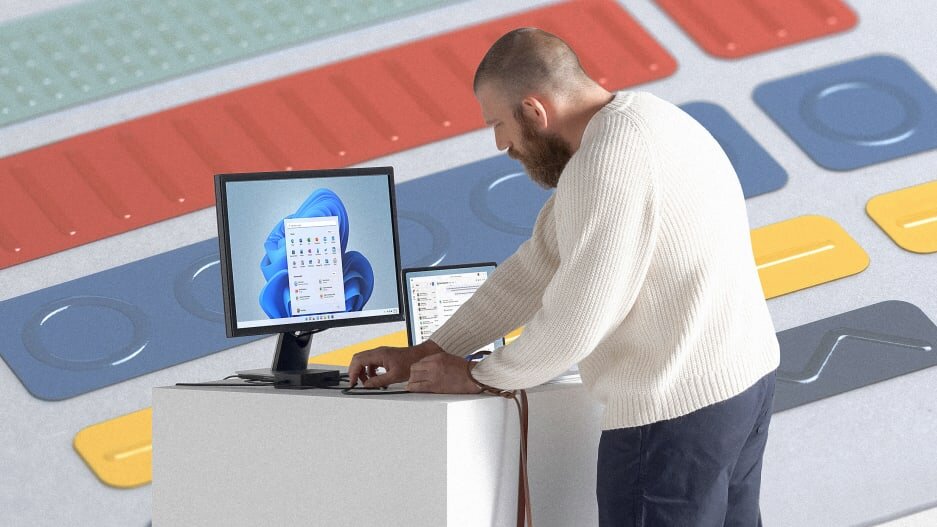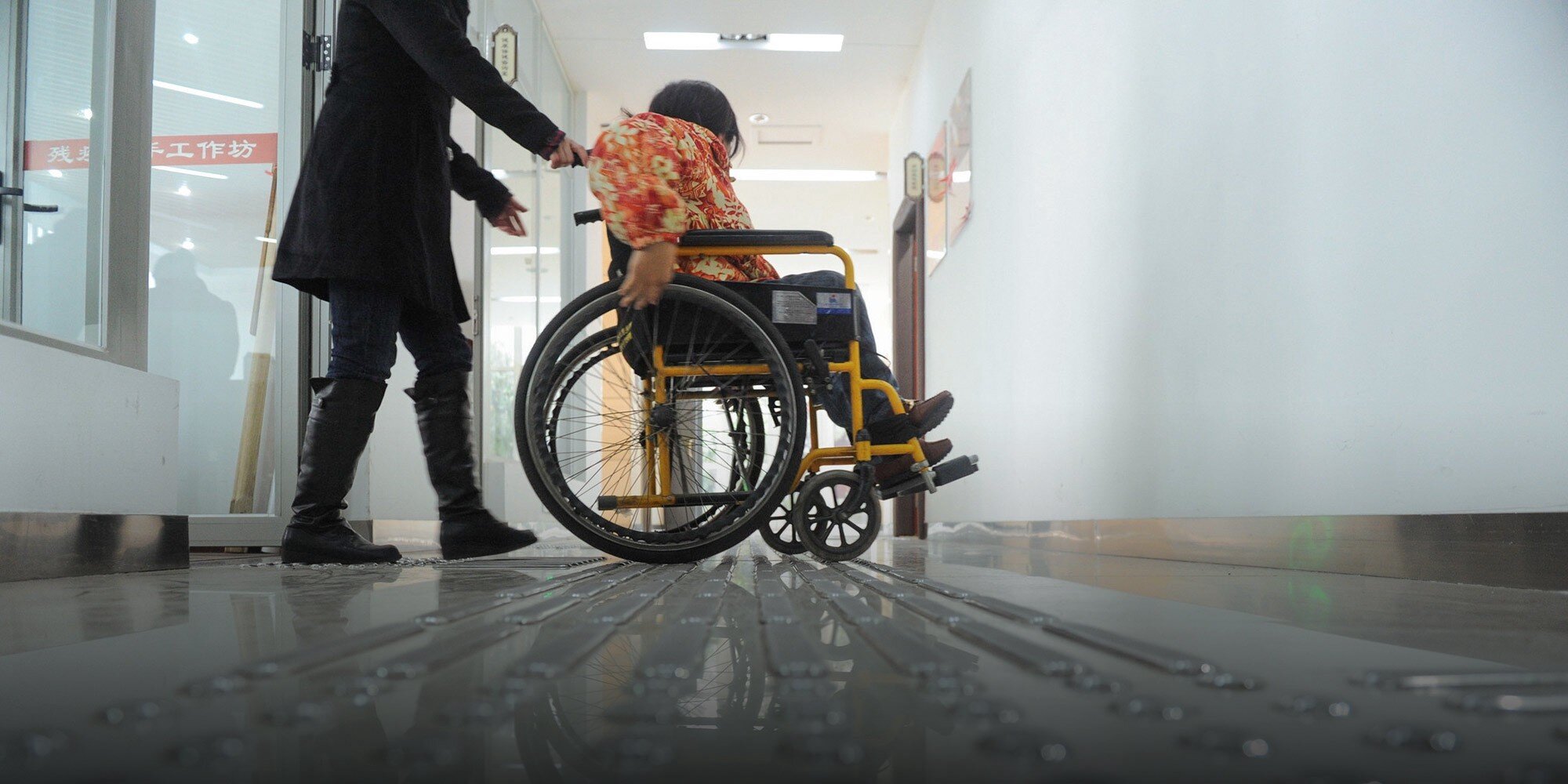
Maximizing Productivity: Accommodations for Employees with Psychiatric Disabilities
The National Institute of Mental Health estimates that one in five people will experience a psychiatric disability in their lifetime, and one in four Americans currently knows someone who has a psychiatric disability.

Myths About Hiring Blind Or Partially Sighted Employees
Approximately half a million Canadians live with significant vision loss. And every year more than 50,000 of us will lose our sight.

These Microsoft Stickers Make Computers Easier To Use for People With Disabilities
Making a Microsoft Surface work better for everyone can be as easy as adding some stickers.

It’s Perfectly OK To Call A Disabled Person ‘Disabled,’ And Here's Why
We've been taught to refer to people with disabilities using person-first language, but that might be doing more harm than good.

5 Facts About Ray Charles: The Genius of Soul
He lit the fire for the creation of a new genre – soul – and ever since, like his 1961 album, he has been called The Genius of Soul.

The crucial role of training in recruiting more people with disabilities
Eleanor Goichman Brett underlines the importance of accessible and inclusive learning.

The Benefits Of Recruiting Employees With Autism Spectrum Disorder
There’s a new frontier in diversity programs focused not on race or gender but on cognitive ability.

Disability inclusion at work: What it is and why it matters
Disability inclusion at work is about more than hiring people with disabilities. True inclusion is about embracing difference.

How To React When an Employee Discloses a Disability
Disclosing in a professional setting can be fraught. Here’s how I hope my employer (or prospective employer) will respond.

Did You Know? Invisible Disabilities
Did you know that while some disabilities are visible to onlookers, some other disabilities are not obvious, which is often mentioned by experienced individuals as “invisible” or “hidden” disabilities?

Tips for handling your employees’ invisible disabilities
Discussing any disability at work can be tricky, and educating coworkers, supervisors, and employers on this topic is challenging, but crucial. The tips below can help you handle your employees’ non-visible disabilities with tact and compassion, and can help you understand when accommodation under the ADA may be necessary.

15 Famous Disabled People That Overcame Their Barriers
Sometimes, it is difficult to recognise ourselves in the celebrities we see in the papers and on the news.

The Autistic Workforce Is Here. Are You Prepared?
If you are a large employer, you already have autistic employees, whether you know it or not. Some employers recognize the potential of this untapped workforce and have implemented autism hiring programs as part of their diversity and inclusion efforts.

5 Difficult Questions Disabled People Struggle With Every Day
Here are 5 questions most of us who have physical, cognitive, or mental disabilities struggle with on a regular basis. It’s not always in these exact words. We’re not always aware of these inner debates. But the themes and implications are very real and alive to all of us.

Invisible Millions: China’s Unnoticed Disabled People
According to the China Disabled Persons’ Federation (CDPF), more than 85 million people identified themselves as living with disabilities on the 2010 national census. But in China’s public spaces, they are largely invisible.

Why Hire Disabled Workers? 4 Powerful (and Inclusive) Companies Answer
One theme we commonly hear when discussing disability (or any minority) employment is that it is the right thing to do. However, from the perspective of businesses that perpetuate discrimination in their hiring and retention of workers with disabilities, this message doesn’t seem to be enough.

Dyslexia in the Workplace
As youngsters, Thomas Edison, Ted Turner and Charles Schwab felt frustrated. Of course, they were bright enough to invent the light bulb, revolutionize television news and found a groundbreaking brokerage firm. Now we know their problem was dyslexia, not stupidity.

Does the Universal Symbol for Disability Need To Be Rethought?
Two designers suggest turning the symbol into a reconfigurable library of icons.

5 Ways to Embrace Autism in the Workplace
As our society becomes more aware of autism, and the different ways it manifests in different people, we also must become more cognizant of the fact that autism in the workplace could be a reality for many businesses.

Behind the Brand With Amy Purdy
The Paralympic snowboarder talks about the power of perspective.

